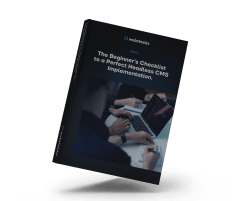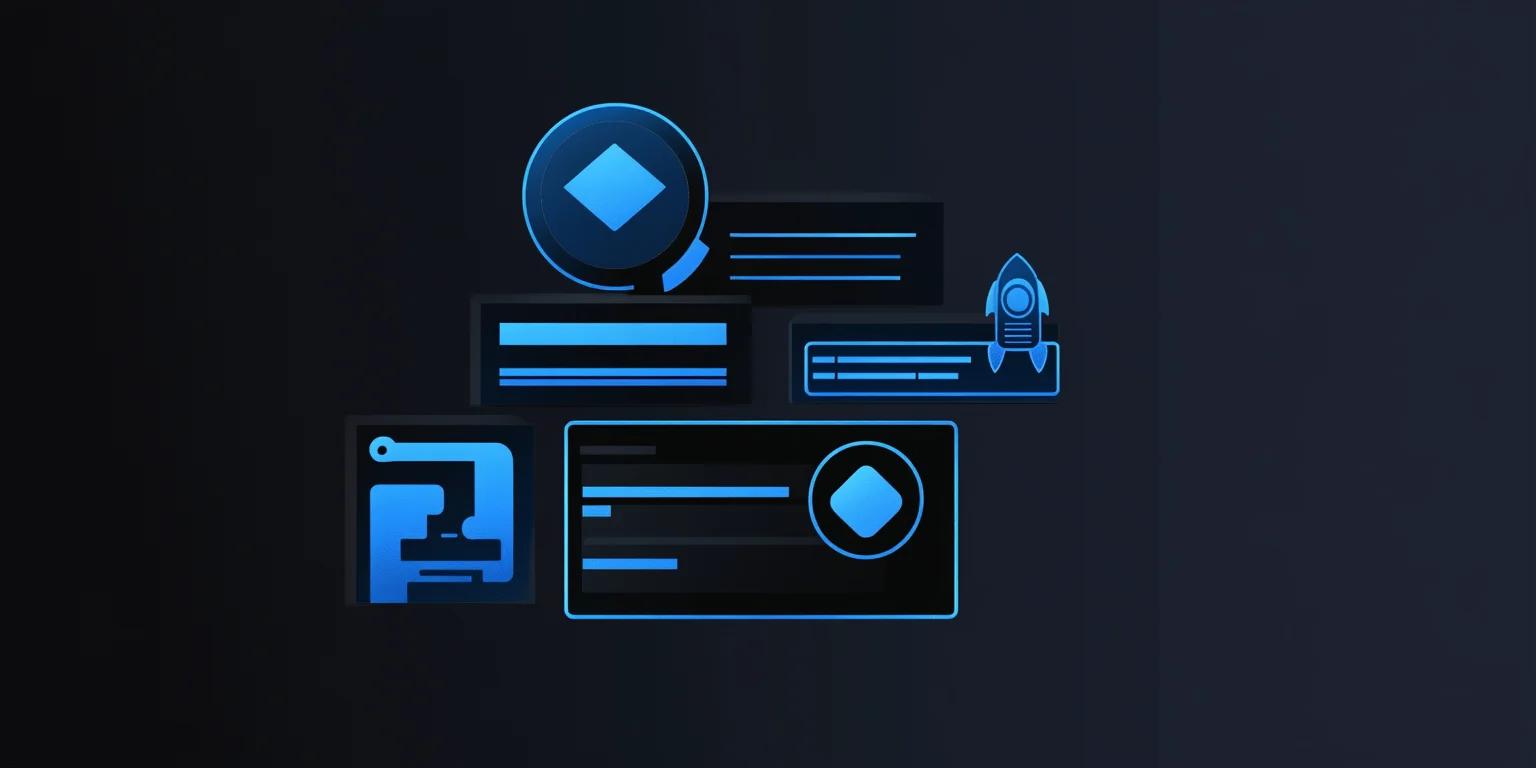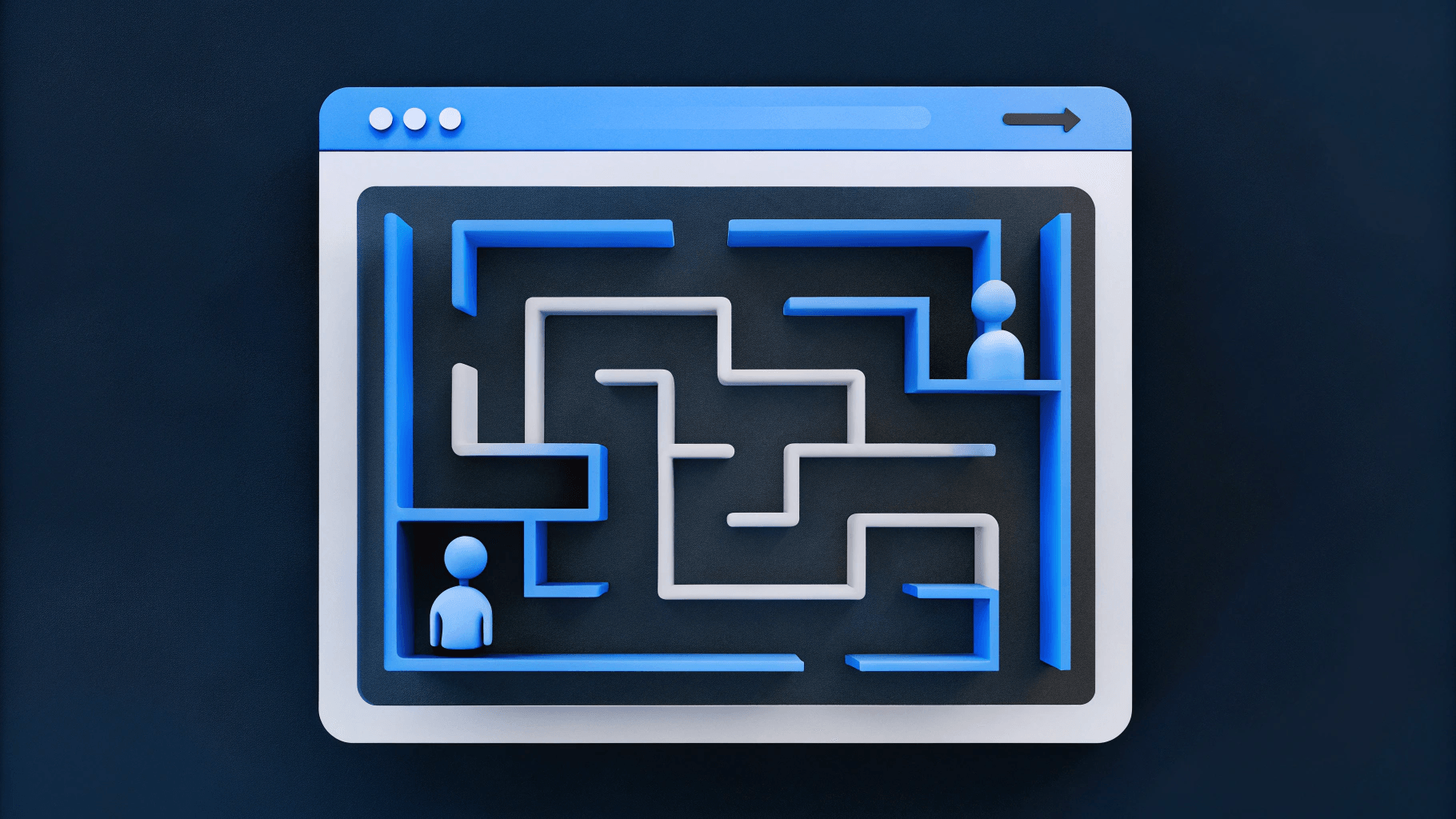You’ve probably heard about canonical tags if you’ve been working on SEO for a while. They’re often mentioned in discussions about duplicate content and search engine optimization.
Understanding how to use canonical tags can make a big difference in how your website performs in search results. It’s a straightforward concept but one that’s easy to overlook. Let’s break down what canonical tags are and why they matter for your SEO strategy.
What is a Canonical Tag in SEO?
Imagine you’ve got several versions of the same page floating around on your site. A canonical tag is like a signpost telling search engines which one is the main version. This helps search engines know exactly which page you want to show up in search results, avoiding confusion and potential ranking issues.
By using canonical tags, you ensure that search engines display the desired page in search results. This is especially useful for managing duplicate content, which can confuse search engines and hurt your rankings.
Why Should You Care About Canonical Tags?
Let's be real: duplicate content can be a nightmare. It can mess with your search rankings and make your SEO efforts less effective. Canonical tags can be your lifeline here.
How Do Canonical Tags Prevent Duplicate Content Issues?
Duplicate content can confuse search engines, making it hard for them to decide which version of a page to rank. This can dilute your search visibility and hurt your rankings. By using canonical tags, you signal to search engines which version of a page is the primary one. This helps ensure that the right page appears in search results, maintaining your site's integrity and improving its chances of ranking higher.
Can Canonical Tags Help Consolidate Link Equity?
Link equity, or "link juice," is the value passed from one page to another through hyperlinks. When you have multiple versions of a page, the link equity gets divided among them, weakening the overall SEO strength of each page. Canonical tags help consolidate this link equity to a single, preferred URL. This means all the value from various links pointing to different versions of a page gets funneled into the canonical URL, boosting its authority and improving its ranking potential.
Do Canonical Tags Improve Crawl Efficiency?
Search engines have a limited crawl budget for each site, meaning they can only spend a certain amount of time crawling your pages. If your site has many duplicate pages, search engines might waste their crawl budget on these duplicates, leaving less time to index your important content. Canonical tags help streamline this process by directing search engines to the primary version of a page. This improves crawl efficiency, allowing search engines to focus on crawling and indexing the most valuable pages on your site.

When Should You Use Canonical Tags?
You might be wondering when it makes sense to use canonical tags on your site. Here are some common scenarios where they can really make a difference.
Are Duplicate Product Pages with Variations a Problem?
If your site features products with multiple variations, such as different sizes or colors, each variation might generate a unique URL. This can create duplicate content issues. Using canonical tags, you can point all these variations to a single, preferred product page. This ensures that search engines recognize the main product page, consolidating its authority and improving its ranking. This is especially useful when managing multiple brands.
How Does Content Syndication Affect SEO?
When you republish your content on other websites for broader reach, search engines might get confused about which version to prioritize. Canonical tags help by indicating the original source of the content. This way, even if your article appears on multiple sites, search engines will know which one to rank higher, preserving your original content's SEO value. For more on this, explore how to leverage content syndication.
What About Separate Mobile URLs?
Some websites use different URLs for mobile and desktop versions of the same page. This can lead to duplicate content issues. By setting canonical tags, you can tell search engines which version is the primary one. This helps maintain a unified SEO strategy across different devices, ensuring that the main URL gets the ranking benefits.
Does Faceted Navigation Create Near-Duplicate Pages?
Faceted navigation allows users to filter products by various attributes, like price or brand. While useful for users, it can create numerous near-duplicate pages. Canonical tags help by pointing these filtered pages to a main category page. This prevents the dilution of link equity and helps search engines focus on the most important pages.
Are Sorting Parameters Creating Multiple URLs?
Websites often use sorting parameters to organize content, such as sorting products by price or date. These parameters can create multiple URLs for essentially the same content. Canonical tags can address this by indicating the preferred version of the page. This way, search engines can ignore the duplicates and concentrate on the main URL, improving crawl efficiency and ranking potential.
What Are the Best Practices for Canonical Tags?
Knowing the best practices for canonical tags can save you a lot of headaches down the road.
Should You Use Absolute URLs?
When setting canonical tags, always use absolute URLs. An absolute URL includes the full web address: protocol (http or https), domain, and path. This ensures clarity for search engines. For example, instead of using "/page1", use "https://www.example.com/page1". This eliminates any ambiguity and helps search engines understand exactly which page is the canonical version.
Why Avoid Canonical Chains?
Canonical chains occur when one non-canonical page points to another non-canonical page, creating a chain of canonical tags. This can confuse search engines and dilute the effectiveness of your canonical tags. Always point non-canonical pages directly to the main canonical page. For instance, if Page A points to Page B, and Page B points to Page C, both Page A and Page B should directly point to Page C instead. This avoids unnecessary complexity and ensures that search engines can easily identify the preferred page.
Are Self-Referencing Canonicals Necessary?
Self-referencing canonicals are canonical tags that point to the page they are on. This practice reinforces to search engines that the page is the canonical version. Even if a page has no duplicates, a self-referencing canonical tag can prevent potential issues with URL parameters or tracking codes. For example, on "https://www.example.com/page1", include a canonical tag that points to "https://www.example.com/page1". This practice is straightforward and helps maintain consistency across your site.
Should You Canonicalize the Homepage?
Always set a canonical tag on your homepage. Homepages often have multiple versions, such as with or without "www" or with different URL parameters. Setting a canonical tag on the homepage ensures that search engines recognize the main version. For instance, if your homepage can be accessed through "https://www.example.com" and "https://example.com", choose one as the canonical version and set the canonical tag accordingly. This practice helps consolidate link equity and avoids splitting ranking signals between different versions of your homepage.
What About Mixed Signals?
Avoid sending mixed signals to search engines by mixing canonical tags with noindex tags or redirects. Each page should have a clear directive. If a page has a canonical tag, it should not also have a noindex tag or be redirected. Mixed signals can confuse search engines and lead to indexing issues. For example, if "https://www.example.com/page1" has a canonical tag pointing to "https://www.example.com/page2", do not also set a noindex tag on "https://www.example.com/page1". Keep your directives clear and consistent to ensure search engines understand your intentions.

How Do You Implement Canonical Tags?
Implementing canonical tags correctly can make a significant difference in your SEO efforts.
How to Add Canonical Tags in the HTML Head?
The most common way to implement canonical tags is by placing them in the HTML head section of your web pages. This method is straightforward and effective. To do this, add a link element with the rel="canonical" attribute in the head section of your HTML code. For example:
<head>
<link rel="canonical" href="https://www.example.com/page1">
</head>
This tag tells search engines that "https://www.example.com/page1" is the preferred version of the page. Ensure the URL is absolute, including the protocol (http or https), domain, and path. This method works well for standard web pages and is easy to implement across your site.
How to Use HTTP Headers for PDFs?
For non-HTML files like PDFs, you can specify canonical URLs using HTTP headers. This method is useful when you have multiple versions of a document in different formats. To set a canonical URL in an HTTP header, include the following line in the server response:
Link: <https://www.example.com/document.pdf>; rel="canonical"
This header tells search engines that "https://www.example.com/document.pdf" is the canonical version of the document. This approach ensures that even non-HTML files are correctly indexed and that link equity is consolidated to the preferred URL.
Should You Include Canonical Tags in the XML Sitemap?
Including canonical URLs in your XML sitemap is another effective method. Your XML sitemap should only list the canonical URLs, helping search engines understand which pages to prioritize. This method is particularly useful for large websites with many pages. Here’s an example of how to include a canonical URL in an XML sitemap:
<urlset xmlns="http://www.sitemaps.org/schemas/sitemap/0.9">
<url>
<loc>https://www.example.com/page1</loc>
</url>
</urlset>
By listing only the canonical URLs, you guide search engines to the most important pages on your site, improving crawl efficiency and ensuring that the correct pages appear in search results. This method complements the use of canonical tags in the HTML head and HTTP headers, providing a comprehensive approach to managing duplicate content across your site. For a more comprehensive content strategy, also consider building a content ecosystem.
How to Find and Fix Canonical Tag Issues?
Canonical tags are powerful tools for SEO, but they can also cause problems if not implemented correctly. Here’s how to find and fix common canonical tag issues to keep your site running smoothly.
What Tools Can Help Identify Canonical Tag Errors?
Several tools can help you identify and correct canonical tag errors. Tools like Screaming Frog, Ahrefs, and SEMrush can crawl your site and highlight issues with canonical tags. These tools provide detailed reports that make it easier to pinpoint and resolve problems.
Are There Pages with Multiple Canonical Tags?
Having multiple canonical tags on a single page can confuse search engines. They won’t know which tag to follow, leading to indexing issues. Use a site audit tool to scan your pages and identify any instances of multiple canonical tags. Once found, remove the extra tags, ensuring only one canonical tag per page.
What If Canonical URLs Return 4XX Status Codes?
A canonical URL that returns a 4XX status code (like 404 Not Found) tells search engines that the preferred version of the page doesn’t exist. This can hurt your SEO efforts. Use your site audit tool to check the status codes of your canonical URLs. If any return a 4XX status code, update the canonical tag to point to a valid URL.
Are Canonical Tags in the Right Place?
Canonical tags should always be placed in the head section of your HTML. Tags in the body section are ignored by search engines, rendering them ineffective. Use your audit tool to ensure all canonical tags are in the correct location. If you find any in the body section, move them to the head section immediately.
Are You Using Absolute URLs?
Canonical tags should use absolute URLs, which include the full web address. Relative URLs can lead to confusion and indexing issues. Check your canonical tags to ensure they use absolute URLs. If you find any relative URLs, update them to include the full address, including the protocol (http or https), domain, and path.
What Does Google Search Console Say?
Google Search Console is a valuable resource for identifying duplicate content issues. Use the URL Inspection tool to check for pages flagged as duplicates. This tool will show you which URLs Google considers duplicates and whether the canonical tags are set correctly. If you find any issues, adjust the canonical tags to point to the correct URLs.
By regularly auditing your site and addressing these common issues, you can ensure your canonical tags are working effectively, helping to improve your site's SEO performance.
See the Webstacks difference: schedule a brief discovery call today. Discover how we can help you build a scalable, beautiful, and cutting-edge website tailored to your needs. Visit Webstacks to get started.




